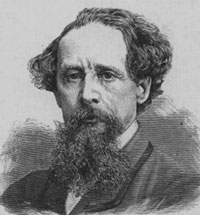
Source: Charles Dickens - Project Gutenberg eText 13103, Elliott & Fry, Wikimedia
Contrasting two opposing ideas or words in a parallel structure is called antithesis. A great and famous example of antithesis is the opening sentence from Charles Dickens’s A Tale of Two Cities.
It was the best of times, it was the worst of times, it was the age of wisdom, it was the age of foolishness, it was the epoch of belief, it was the epoch of incredulity, it was the season of Light, it was the season of Darkness, it was the spring of hope, it was the winter of despair, we had everything before us, we had nothing before us, we were all going direct to Heaven, we were all going direct the other way.
Why might Dickens begin the novel this way? Well, it is attention-getting and memorable. One of the reasons we remember it so readily is because, yes, you're right, it's parallel. Parallelism or repetition helps us to remember things we've read and heard. In fact, “It was the best of times, it was the worst of times . . .” is one of the most quoted lines in the English language. It has appeared in movies, television shows, articles, and other novels. Have you noticed yet that capturing and maintaining the audience’s attention is an important function of syntax?
By using antithesis, a writer can explain what is by explaining what is not. For example, Patrick Henry’s famous line “Give me liberty or give me death!” is from a speech he delivered in which he tried to convince the state of Virginia to send troops to fight the British during the American Revolution. He defined the word “liberty” by contrasting it with the word “death.” To Henry, dying was preferable to living under the tyranny of British rule.
In the activity below, click on the sentence in each pair that uses at least one example of antithesis.

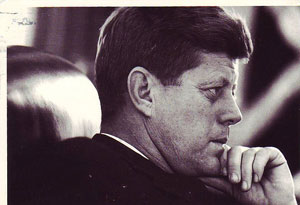
Source: Source: Scan10001, tellmewhat2, Flickr
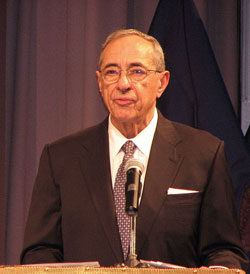
Source: GovernorMarioCuomo, David Berkowitz, Wikimedia

Source: Neil Armstrong pose, Wikimedia
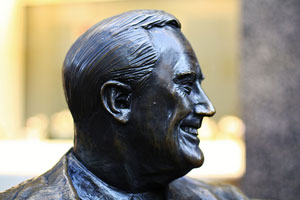
Source: FDR, London, 19 November 2011, ed_needs_a_bicycle, Flickr
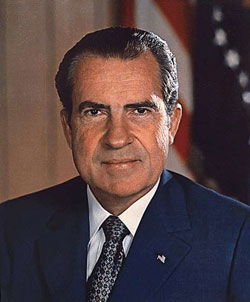
Source: Richard Nixon, Wikimedia
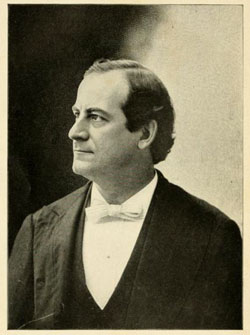
Bryan 1896 left, Wikimedia
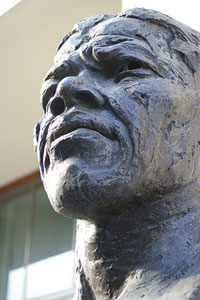
Source: Mandela, dan.holton, Flickr
* [sic] means “this is how it really appeared in the original.” We do this to point out an error in grammar or punctuation that was made by the writer—not the people who subsequently copy the material. In this case there is an agreement problem between “chasms” and “divides.“

Source: GeorgeWBush, Eric Draper, Wikimedia
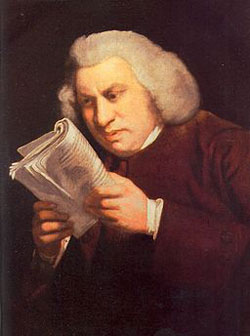
Source: Samuel Johnson by Joshua Reynolds, Joshua Reynolds, Wikimedia